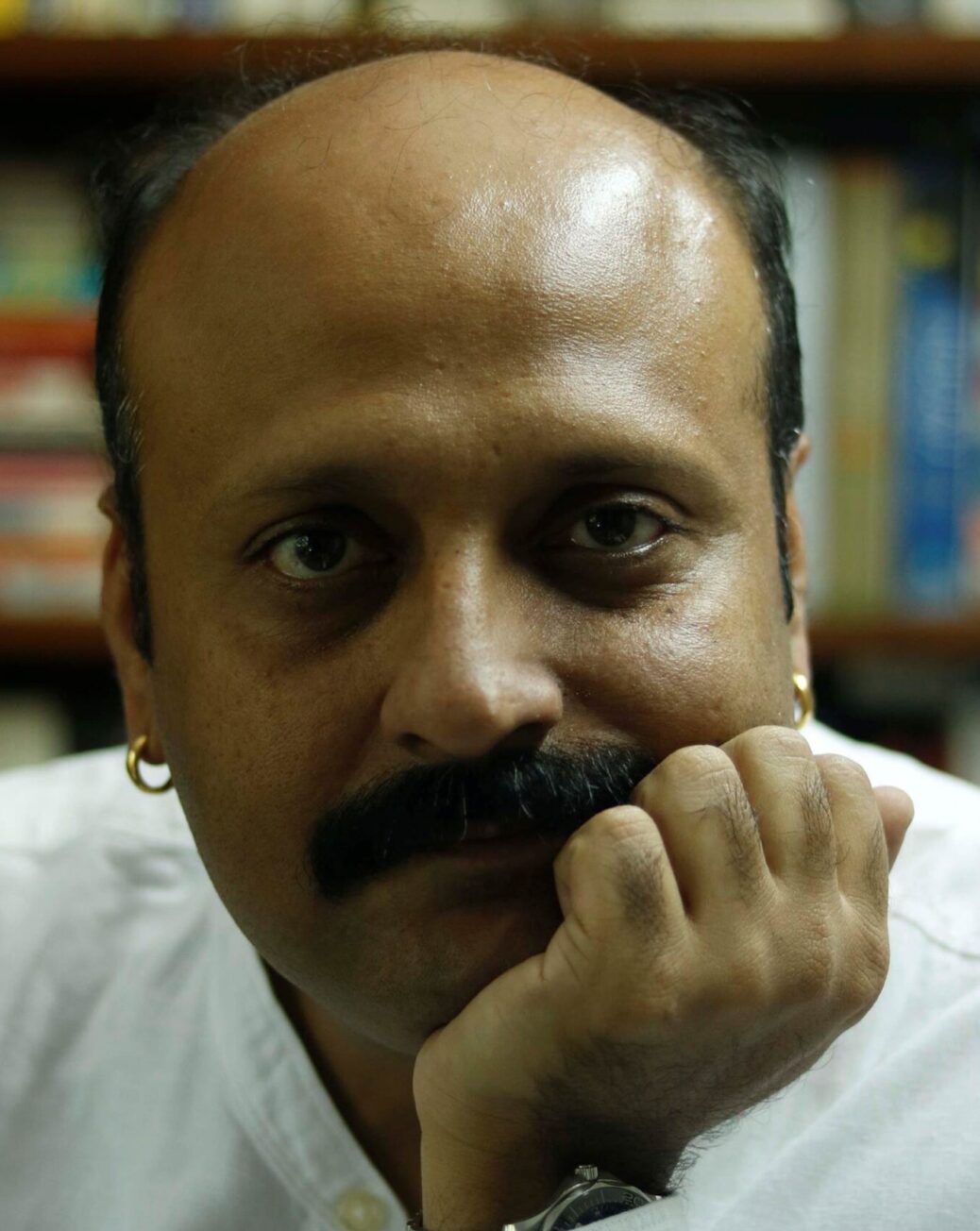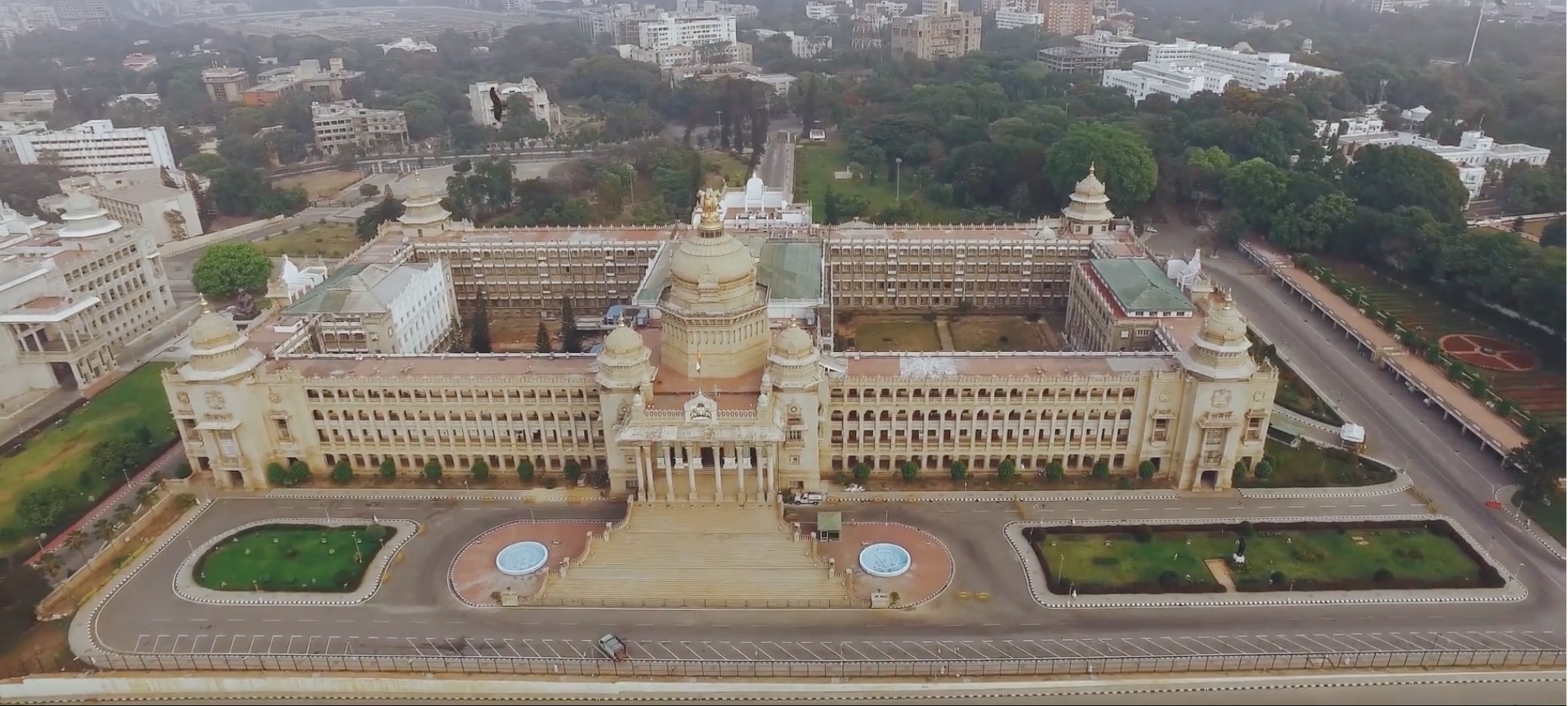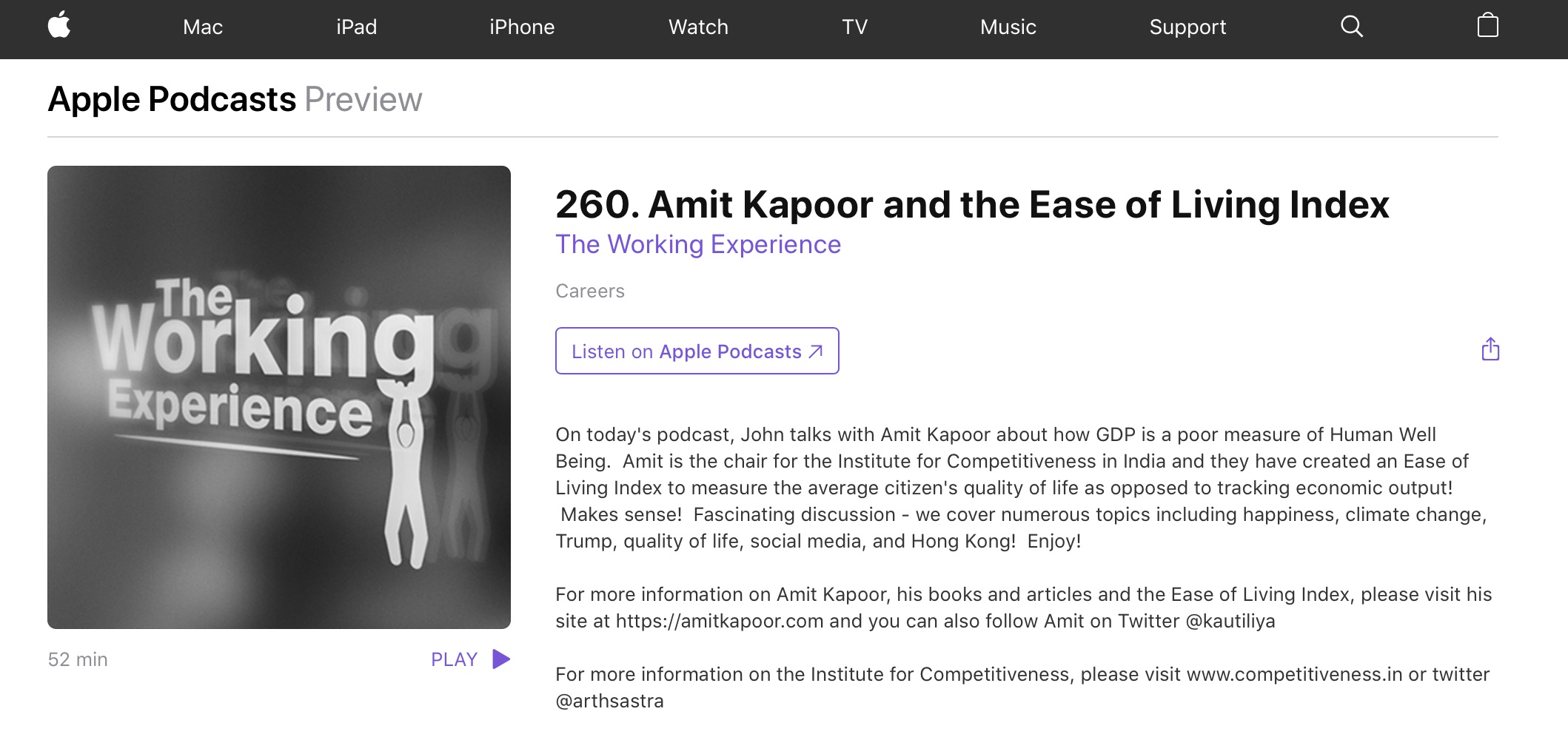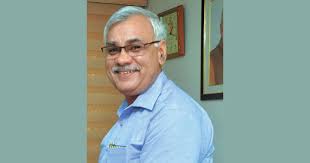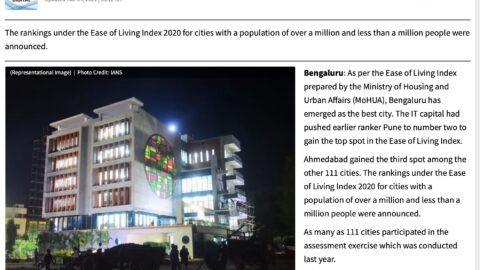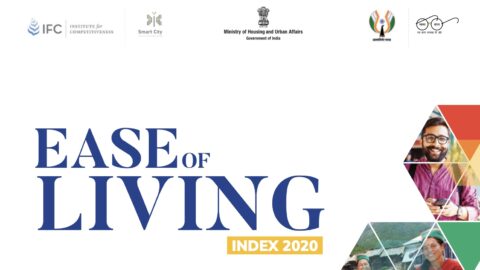Honorary Chairman, Institute for Competitiveness
Economic growth is intricately linked with urbanisation. Studies show that nearly all countries that have achieved middle-income status were urbanised by at least 50 percent, and the countries that have attained high-income status were urbanised by about 70-80 percent. It is debatable how the causality flows but economic growth of countries is closely related to the movement of people to cities and the concentration of talent in urban spaces drives productivity, job creation, and economic growth.
So, India’s path to higher growth is intertwined with the success of its urban spaces. The country, however, has had a unique relationship with urbanisation. The pace of urbanisation in India has not kept pace with the rate of economic growth. In fact, the rate of urbanisation between 2001 and 2011 was lower than in the second half of the previous century. This trend is surprising given that the opposite was true for economic growth.
While these anomalies in India’s urbanisation trends are a subject of extensive research, it has been realised that the development of the urban sprawl in the periphery of cities is a leading cause. Such a nature of urban development has made it crucial to assess the ease of living in Indian cities, which has been placed at the forefront by the Ministry of Housing and Urban Affairs. An assessment of urban living and identification of areas where the cities are lacking can drive impactful change in urban governance.
The Ease of Living index is an effort to work towards these goals. Building on learnings from the previous edition, the Ease of Living Index 2020 presents a revised framework that evaluates 111 cities under three pillars. The index has also been validated by a Citizen Perception Survey to provide insights directly from the residents on the level of development in their cities.
I hope that the findings from the index outlined in this report help decipher the state of urban development in India, and ultimately drive evidence-based policymaking. The primary objective of the Ease of Living Index is to achieve improved development outcomes across Indian cities.
I am pleased that the Institute for Competitiveness was engaged by the Ministry of Housing and Urban Affairs to redesign the methodological framework of the index and analyse the data obtained. I would like to extend my gratitude to Shri Hardeep Singh Puri, Minister of Housing and Urban Affairs, Shri Durga Shanker Mishra, Secretary, MoHUA, Shri Kunal Kumar, Mission Director, Smart Cities Mission, MoHUA Shri Rahul Kapoor, Director, Smart Cities Mission, MoHUA, Smt. Reema Jain, Deputy Director, AMRUT, and everyone in the Ministry of Housing and Urban Affairs who has been a part of this study for enabling its success.
The study would also not have been possible without the tireless efforts of various teams who have been a part of the project including Karvy Data Management Services, National Informatics Centre, the City Data Officers, the Smart City Consultants, and the Smart City Fellows. Finally, I would also like to thank my colleagues at the Institute for Competitiveness – Chirag Yadav, Manisha Kapoor, Aniruddh Duttaa, Sreetama Basu, Disha Sharma, and Harshula Sinha – who have played an indelible role in taking this study to fruition.

